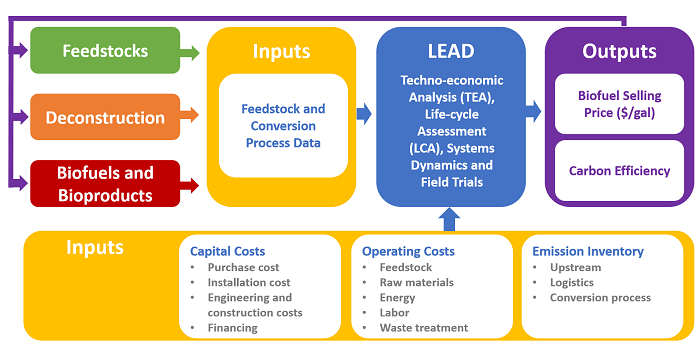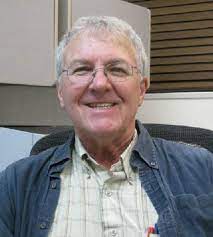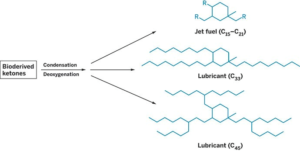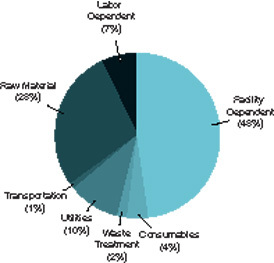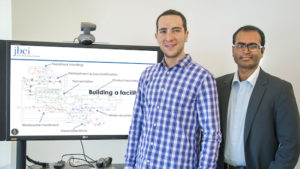Bioenergy research is driven by the need to mitigate climate change, ensure future energy security, improve human and ecological health, and create domestic employment opportunities. The Life-Cycle and Technoeconomic Analysis team conducts rigorous technoeconomic and environmental modeling during the early stages of research to help JBEI maximize the commercial viability and positive impact of its technologies. The LCA/TEA team has modeled the cost impacts of engineered feedstocks with reduced lignin content, evaluated a variety of pretreatment configurations with novel solvents and enzyme cocktails, and maintains an online wiki-based technoeconomic model. Researchers in the LCA/TEA team link chemical process models, life-cycle assessment tools, and geospatial modeling tools to provide a more complete assessment of the economic and environmental tradeoffs along each route to produce biofuels and bioproducts from lignocellulosic biomass.
Projects
- Comparison of integrated, high-gravity pretreatment processes on the basis of cost, energy, and life-cycle greenhouse gas emissions
- Quantifying the potential impact of engineering resilient, high yielding feedstocks
- Life-cycle cost and environmental impact assessment of bio-derived sustainable aviation fuels
- Machine learning to predict crop and biorefinery performance
- Life-cycle and technoeconomic analysis of advanced fuel and bioproduct production routes
Featured Media
From the Lab to Jet Engines: New Software Tools will Speed Up Biojet Fuel Development

Eco-friendly biofuels made from food waste could cut ‘flight shame’ among air travelers

Bright Skies for Plant-Based Jet Fuels

JBEI Pretreatment and Process Development Team Honored by Secretary of Energy
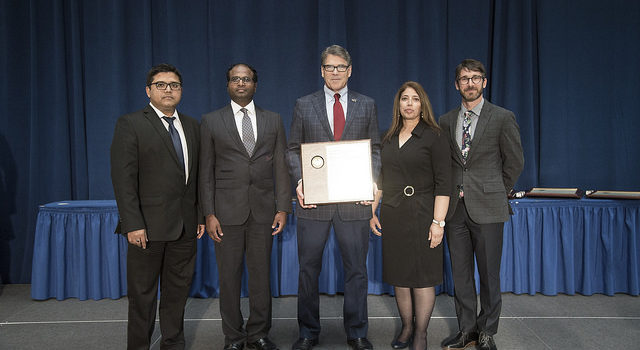
JBEI Expert Corinne Scown explains Techno-Economic Analysis
Leaving on a Biofueled Jet Plane
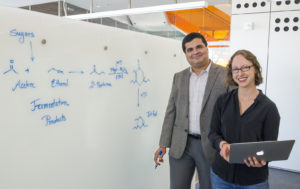
From Sugarcane to Jet Fuel
Researchers Find Sweet Source for Aviation Biofuel
What happened to biofuels?
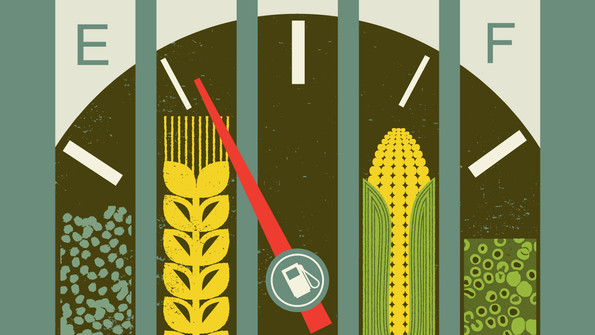
Cost of biofuels no longer sky high
Photo: Craig Abraham
Researchers Delve into Enzyme Costs
A Wiki for the Biofuels Research Community
A Biofuels Wiki
Featured Publications
- “Production Cost and Carbon Footprint of Biomass-Derived Dimethylcyclooctane as a High Performance Jet Fuel Blendstock,” ACS Sustainable Chemistry & Engineering (2021)
- “Identifying Forage Sorghum Ideotypes for Advanced Biorefineries,” ACS Sustainable Chemistry & Engineering (2021)
- “Technoeconomic analysis for biofuels and bioproducts,” Current Opinion in Biotechnology (2021)
- “Supply Cost and Life-Cycle Greenhouse Gas Footprint of Dry and Ensiled Biomass Sorghum for Biofuel Production,” ACS Sustainable Chemistry & Engineering (2020)
- “Accumulation of high-value bioproducts in planta can improve the economics of advanced biofuels,” Proceedings of the National Academy of Sciences (2020)
- “Techno-economic analysis and life-cycle greenhouse gas mitigation cost of five routes to bio-jet fuel blendstocks,” Energy & Environmental Science (2019)
- “Techno‐economic and greenhouse gas analyses of lignin valorization to eugenol and phenolic products in integrated ethanol biorefineries,” Biofuels, Bioproducts & Biorefining (2019)
- “Approaches for More Efficient Biological Conversion of Lignocellulosic Feedstocks to Biofuels and Bioproducts,” ACS Sustainable Chemistry & Engineering (2019)
- “Greenhouse Gas Footprint, Water-Intensity, and Production Cost of Bio-Based Isopentenol as a Renewable Transportation Fuel,” ACS Sustainable Chemistry & Engineering (2019)
- “A hybrid biological-chemical approach offers flexibility and reduces the carbon footprint of bio-based plastics, rubbers, and fuels”, ACS Sustainable Chemistry & Engineering (2018)
- “Strategies for near-term scale-up of cellulosic biofuel production using sorghum and crop residues in the US”, Environmental Research Letters (2018)
- “Temporal and geographic drivers of biomass residues in California”, Resources, Conservation, & Recycling (2018)
- “Drop-in biofuels offer strategies for meeting California’s 2030 climate mandate”, Environmental Research Letters (2018)
- “Life-Cycle Greenhouse Gas and Water Intensity of Cellulosic Biofuel Production Using Cholinium Lysinate Ionic Liquid Pretreatment”, ACS Sustainable Chemistry & Engineering (2017)
- “Efficient dehydration and recovery of ionic liquid after lignocellulosic processing using pervaporation”, Biotechnologies for Biofuels (2017)
- “One-pot integrated biofuel production using low-cost biocompatible protic ionic liquids”, Green Chemistry (2017)
- “Bioenergy potential from food waste in California”, Environmental Science & Technology (2017)
- “From Sugars to Wheels: The Conversion of Ethanol to 1, 3‐Butadiene over Metal‐Promoted Magnesia‐Silicate Catalysts”, ChemSusChem (2016)
- “CO2 enabled process integration for the production of cellulosic ethanol using bionic liquids”, Energy & Environmental Science (2016)
- “Activation of lignocellulosic biomass for higher sugar yields using aqueous ionic liquid at low severity process conditions”, Biotechnologies for Biofuels (2016)
- “Transforming biomass conversion with ionic liquids: process intensification and the development of a high-gravity, one-pot process for the production of cellulosic ethanol”, Energy & Environmental Science (2016)
- “Novel pathways for fuels and lubricants from biomass optimized using life-cycle greenhouse gas assessment”, Proceedings of the National Academy of Sciences (2015)
- “Understanding cost drivers and economic potential of two variants of ionic liquid pretreatment for cellulosic biofuel production”, Biotechnologies for Biofuels (2014)
- “Technoeconomic analysis of a lignocellulosic ethanol biorefinery with ionic liquid pretreatment”, Biofuels, Bioproducts & Biorefining (2011)
